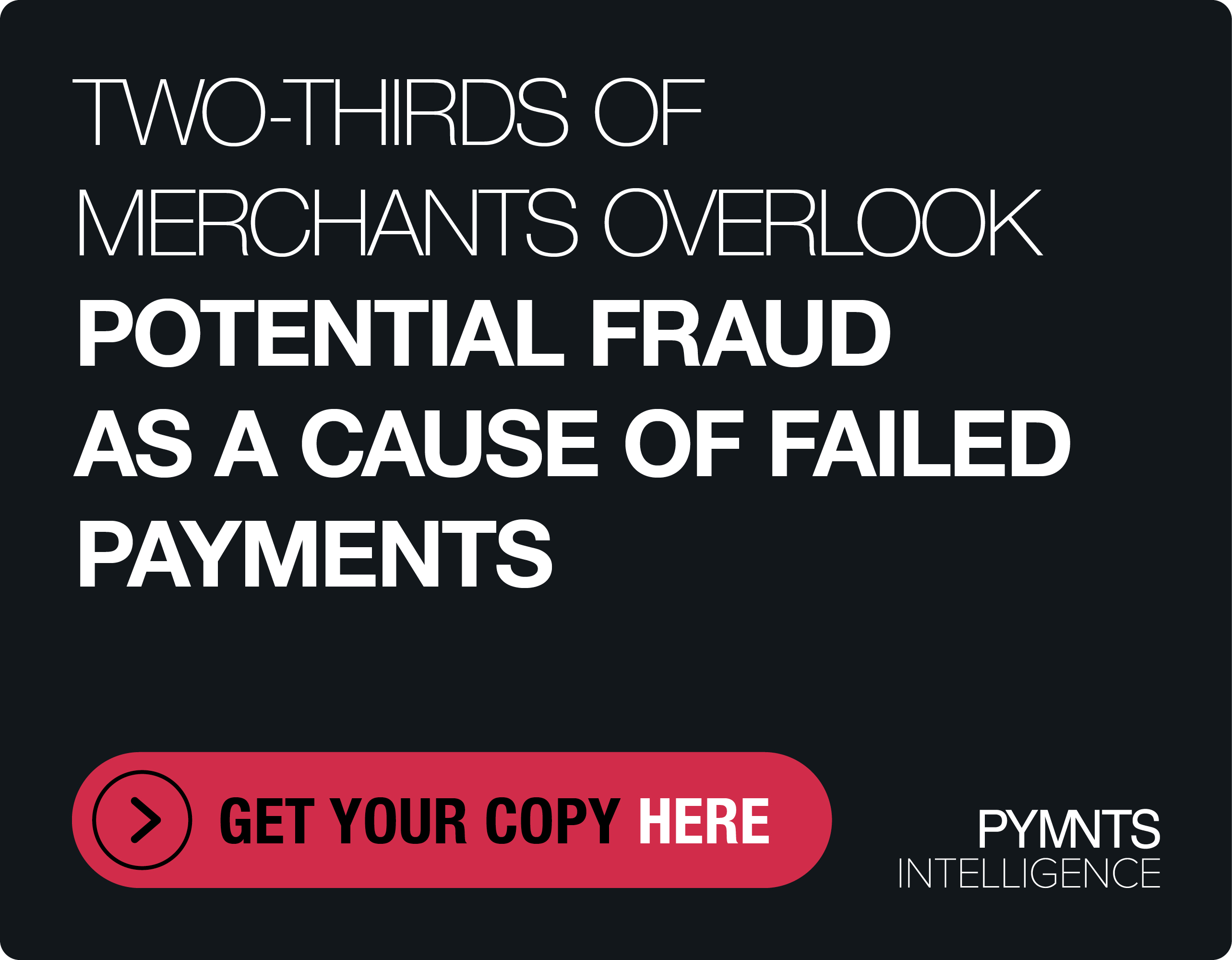Adobe on How Effective Fraud Protection Increases Conversion

Choosing between fast and secure payments is no longer a question.
The choice between establishing robust fraud protection and offering a seamless customer experience has been resolved: Organizations today can have both.
PYMNTS sat down with Jason Knell, senior director of commerce services, GTM and content partnerships at Adobe, and Will Wyatt, vice president of global partnerships and channel sales at Signifyd, to discuss payments. They discussed why, when it comes to eCommerce payments, speed and security are best built together.
“The right payment experience drives the right business outcome … and that experience is not just about carts or payments, but about the entire customer shopping experience … everything up to the load time of product images,” said Knell.
“As we brought payment services to market for Adobe Commerce, we realized that fraud was a challenge that many of our merchants were trying to solve,” he added.
Digital marketplaces offer an attractive value proposition not just to merchants and their customers, but to bad actors and online fraudsters as well, creating a complex landscape that demands constant vigilance.
For his part, Wyatt explained that the fraud landscape is full of a wide variety of fraud types, and prevention strategies need to be unique and tailored to each type.
eCommerce fraud has evolved far beyond the stereotypical image of stolen credit card information. Today, fraudsters employ advanced techniques such as account takeover, return fraud, promotional abuse and first-party fraud to exploit vulnerabilities in online transactions.
“The pain is similar in all cases, but the strategy should be a little bit different depending on what you’re trying to prevent,” Wyatt said.
Striking a Balance Between Seamless Customer Experiences and Fraud Protection
In eCommerce, fraud poses a dual threat, impacting both businesses and consumers. For businesses, fraudulent activities result in financial losses, increased chargeback rates and damage to brand reputation. On the consumer side, individuals may face financial losses, identity theft and the hassle of resolving unauthorized transactions.
“Merchants are looking for a complete solution,” Knell said. “It is a complex issue, and they want to protect themselves.”
Adobe Commerce partnered with Signifyd to offer stronger protection and create a frictionless checkout process, he said.
“It enables two vast and different data networks, Adobe’s and Signifyd’s, to be leveraged together,” added Wyatt, noting that siloed data has long been a hurdle for organizations looking to have full visibility into the identity and intent behind online transactions to avoid all manner of chargebacks.
“Signifyd uses machine learning and artificial intelligence to sort fraudulent from legitimate transactions in real time,” Wyatt said. “It’ll address fraud challenges at all the key conversion points across the eCommerce shopper’s journey. That allows us to offer a financial guarantee on any type of transaction.”
“Once you’ve spent all this time driving customers to your site, you want to ensure it’s a positive experience throughout the whole journey,” Knell said. “You want to allow those purchases to go through, but you also need to mitigate risk without being so protective that you turn customers away.”
“It’s about driving protection while also driving business results and increasing conversion,” he added.
User Experience and Customer Experience at the Point of Transaction
Strategic partnerships that strike a balance between seamless customer experiences and fraud protection are crucial to the online payment experience, both Knell and Wyatt emphasized.
By using a broad dataset and sophisticated AI algorithms, the best solutions can automatically approve as many legitimate transactions as possible, even during peak seasons.
Because many fraud protections are integrated pre-authorization, data can be shared with issuing partners and other network participants to increase authorization rates — while at the same time, and importantly, ensuring a positive customer experience at the point of transaction.
“Shoppers have different behavior than normal during peak seasons,” Wyatt said. “If you don’t have a broad dataset where you’ve seen these types of behaviors over the years, and you’ve seen these types of behaviors across a broad swath of merchants, you may accidentally decline a customer because that behavior looks risky.”
“It is important to see the mission as optimizing the business, rather than solely preventing losses at any cost, which is typically borne by good customers that get hit with friction,” he added.
“At Adobe, we’re all about personalization at scale,” Knell said. “For payments, what we provide is a solution that makes it easy for our merchants to deliver the experience they’d like to, in a way that’s not so manual and hard-coded.”

